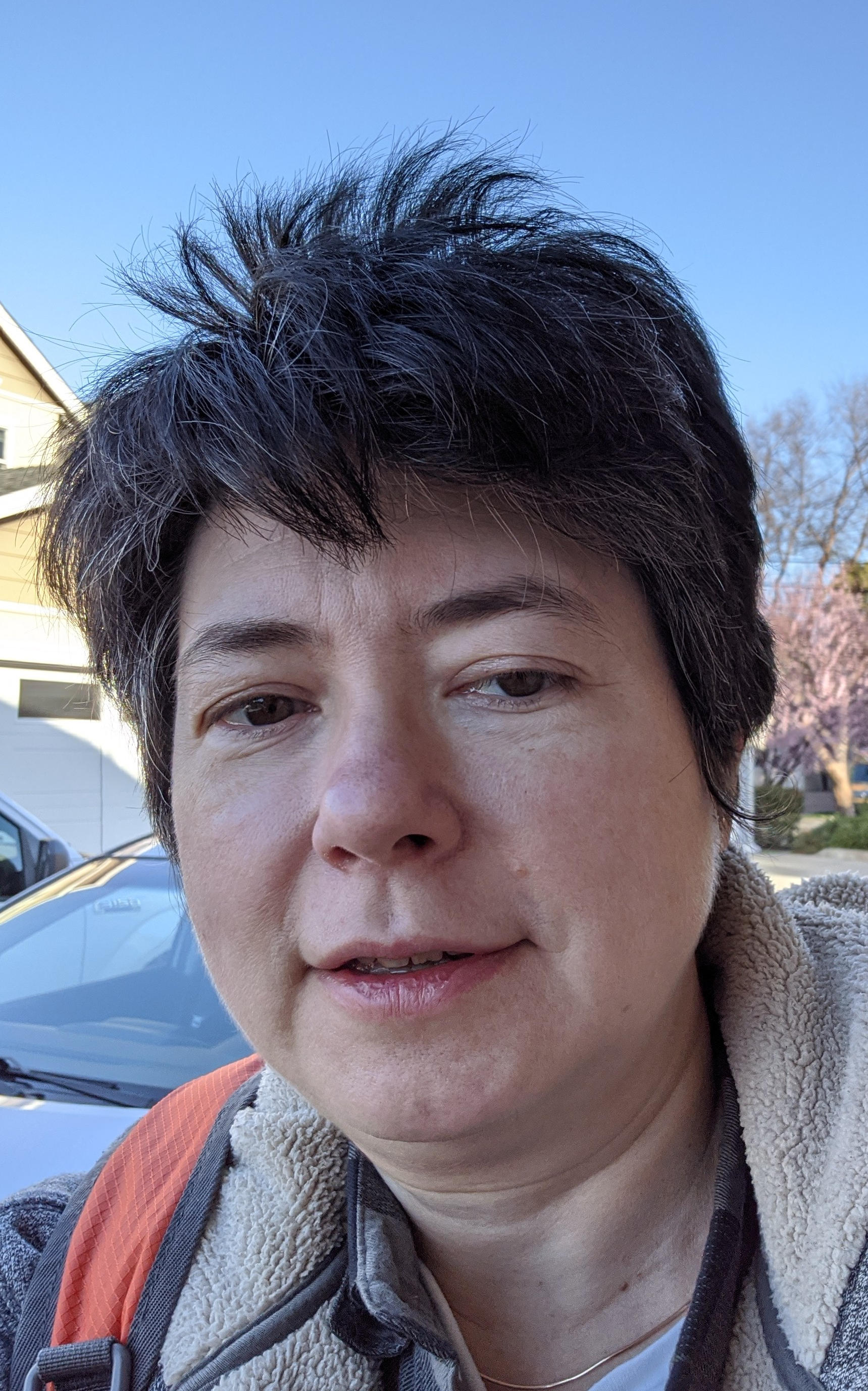
Anna Katanova
Research Areas
Authored Publications
Sort By
Google
Context-aware Transliteration of Romanized South Asian Languages
Christo Kirov
Computational Linguistics, 50 (2) (2024), 475–534
XTREME-UP: A User-Centric Scarce-Data Benchmark for Under-Represented Languages
Sebastian Ruder
Mihir Sanjay Kale
Shruti Rijhwani
Jean-Michel Sarr
Cindy Wang
John Wieting
Christo Kirov
Dana L. Dickinson
Bidisha Samanta
Connie Tao
David Adelani
Reeve Ingle
Dmitry Panteleev
Findings of the Association for Computational Linguistics: EMNLP 2023, Association for Computational Linguistics, Singapore, pp. 1856-1884
Open-source Multi-speaker Speech Corpora for Building Gujarati, Kannada, Malayalam, Marathi, Tamil and Telugu Speech Synthesis Systems
Fei He
Shan Hui Cathy Chu
Clara E. Rivera
Martin Jansche
Supheakmungkol Sarin
Knot Pipatsrisawat
Proc. 12th Language Resources and Evaluation Conference (LREC 2020), European Language Resources Association (ELRA), 11--16 May, Marseille, France, 6494‑-6503
Google Crowdsourced Speech Corpora and Related Open-Source Resources for Low-Resource Languages and Dialects: An Overview
Alena Butryna
Shan Hui Cathy Chu
Linne Ha
Fei He
Martin Jansche
Chen Fang Li
Tatiana Merkulova
Yin May Oo
Knot Pipatsrisawat
Clara E. Rivera
Supheakmungkol Sarin
Pasindu De Silva
Keshan Sodimana
Richard Sproat
Jaka Aris Eko Wibawa
2019 UNESCO International Conference Language Technologies for All (LT4All): Enabling Linguistic Diversity and Multilingualism Worldwide, 4--6 December, Paris, France, pp. 91-94
